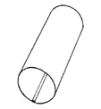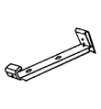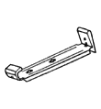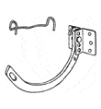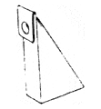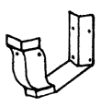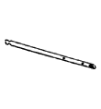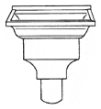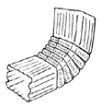Gutter Styles in Lancaster, PA
Gutter Styles: K-style and Half-round Gutters throughout the Lancaster, PA, Area
K-style and half-round gutters represent two distinct options for homeowners looking to install a new gutter system. Due to their attractive appearance, half-round gutters are particularly popular for specialty applications. While both styles can be manufactured from any material, the cost difference in aluminum makes half-round gutters more of a specialty choice.
Many homeowners may not realize the variety of options available when choosing the right gutter system for their property. Both K-style and half-round gutters come in 5-inch and 6-inch sizes, and each can be adapted as a radius gutter, which means they can be custom-formed to fit curved or semi-circular sections of a home. If you live in the Lancaster, PA, area, please call (717)-716-7440 to learn more about our gutter styles!

*Half-Round Seamless only available in some locations. Ask your Solutionist
Complete Our Form for Gutter Solutions
Fill out the form today to schedule your free estimate! Our specialists will help you explore all gutter options and design the perfect system for your home and location.
Types of Gutters
Types of Leaders
A leader, more commonly referred to as a downspout, is the component attached to the gutter that channels water from the gutter down to the ground. Downspouts, or leaders, come in various sizes to accommodate the specific requirements of each home.
Types of Hangers
A hanger is a component designed to hold the gutter in place and attach it securely to the house. It functions by gripping the front edge of the gutter and snapping onto the back, ensuring a firm hold. Most hangers currently installed by professionals operate in this way, and they typically use a threaded screw to fasten the gutter to the house securely.




